Baengnyeonok (백년옥)
4.8Km 2017-02-07
2407, Nambusunhwan-ro, Seocho-gu, Seoul
+82-2-523-2860
Baengnyeonok has been famous for tofu since 1992.
Mokcheon Jip (Encore Kalguksu) (목천집 (앵콜칼국수))
4.8Km 2017-01-25
69, Hyoryeong-ro 52-gil, Seocho-gu, Seoul
+82-2-525-8418
Located nearby Seoul Art Center, Mokcheon Jip offers various kalguksu (noodle soups) like pat kalguksu (red bean noodle soup), and maesaengi kalguksu (noodle soup with seaweed).
Rue du Tteokbokki à Sindang-dong (신당동떡볶이골목)
4.8Km 2020-06-19
10-18, 33-gil Dasan-ro, Jung-gu, Seoul-si
+82-2-2236-9135
La rue du Tteokbokki de Sindang-dong fut établie dans les années 1970, bien que la rue elle-même ait connu ses meilleurs jours dans les années 1980. En plus d’avoir été citée dans les émissions de DJ très réputées de l’époque, la période marque aussi les beaux jours de l’équipe de baseball des lycées, lorsque les étudiants emplissaient la rue. Ceci évoque la confrontation directe entre le lycée commercial de Sunrin et le lycée commercial de Sunrin (aujourd’hui Sunrin Internet High School)
Les étudiants ont ensuite pris de l’âge, sans pour autant arrêter de fréquenter le quartier, réminescent de leur jeunesse et des spécialités de l’époque.
Cependant, certains pensent que l’histoire de la ruelle a débuté en 1950. La propriétaire du restaurant Mabongnim Halmeoni Tteokbokki (마복림할머니떡볶이) déclare que les premières ventes de Tteokbokki se sont faites en 1953 puisque le quartier abritait le théâtre Donga, et le restaurant vendaient donc aux spectateurs des Tteokbokki, du maïs et des pommes de terre.
Au depart, le Tteokbokki était simplement préparé avec du Gochujang (고추장), mais au fur et à mesure du temps, les chefs ont décidé qu’il fallait en faire plus qu’un simple snack. Ainsi, en ajoutant des oeufs, des nouilles, gâteaux de poisson et plus récemment du calamar, des crevettes et du fromage, le snack s’est transformé en un repas complet.
Mabongrim Wonjo Halmeonijip Tteokbokki (마복림원조할머니집떡볶이)
4.8Km 2021-03-29
5, Dasan-ro 35-gil, Jung-gu, Seoul
+82-2-2232-8930
Opened in 1953 by a woman known as Mabongnim, the restaurant takes pride in its 50-plus years of service. As Mabongnim gained popularity, other similar establishments opened nearby, and eventually, formed the now famous “Tteokbokki Street.” The elderly proprietor is well known, even starring in a red-pepper paste (gochujang) ad in the 1990's.
The secret of this restaurant’s tteokbokki lies in the fact that red pepper
paste is mixed with Chinese soybean paste for a sweet and spicy taste, but has now been adopted by other Sindang-dong restaurants. Nevertheless, there is something special about this restaurant’s fare. At present, Mabongnim’s daughters-in-law are running the restaurant.
Pyeongando Jokbal (평안도족발집)
4.8Km 2021-03-30
174-6, Jangchungdan-ro, Jung-gu, Seoul
+82-2-2279-9759
Pyeongando Jokbal has a history of over 50 years, and is very popular among all the jokbal (pig's trotter) restaurants in the Jangchung-dong Jokbal Street area. The taste is outstanding, making this hard-to-find restauant a favorite among jokbal lovers.
I Love Sindangdong Tteokbokki (아이러브신당동떡볶이)
4.8Km 2020-04-10
50, Toegye-ro 76-gil, Jung-gu, Seoul
+82-2-2232-7872
I Love Sindangdong Tteokbokki is a tteokbokki (spicy rice cakes) restaurant opened in 2001 when seven tteokbokki restaurants with over 25 years of history joined together. A DJ plays music and tells stories to the guests. The restaurant also features a stage with an acoustic guitar for live performances. Order and delivery service is available via the website.
Wonjo 1ho Jangchungdong Halmeonijip(원조1호장충동할머니집)
4.8Km 2020-11-17
174, Jangchungdan-ro, Jung-gu, Seoul
+82-2-2279-9979, +82-2-2275-1064
Following his mother’s footsteps, the son of the previous owner is now managing the family business. Opened during the early years of Jokbal Street, the delicious meat at this restaurant is fondly remembered by customers. While the meat itself has almost no fat, the fat portion is extremely soft and savory. This restaurant is also different from the others in that it provides kongnamul-guk (bean sprout soup) with the jokbal (steamed pork hock). Pyeongyang-style naengmyeon (cold noodles) and tteok-mandu-guk (rice cake-dumpling soup) are also delicious. Pyeongyang naengmyeon is cooked to suit South Korean tastebuds. Besides, the noodles and dumplings are hand-made. Despite the restaurants long history, the building of the restaurant is clean and well-maintained as it was being rebuilt after a fire in the 1980s. There are plenty of tables on the first and second floors to accommodate customers, and the third floor is reserved for large groups. Especially noticeable is the clean appearance both inside and out, despite the restaurant’s long history; probably because the building was rebuilt after a fire in the 1980s. Plenty of tables on the first and second floors accommodate customers, and the third floor is reserved for large groups.
Fat Grandma's Place (뚱뚱이할머니집)
4.8Km 2016-09-05
174-1, Jangchungdan-ro, Jung-gu, Seoul-si
+82-2-2273-5320 / 2279-2714
An elderly lady with fine wrinkles is still in charge of creating the captivating taste of jokbal (steamed pork hock). Originally, the restaurant did not have a name, but customers referred to it as the “Fat Grandma’s Place.” Sure enough, as you enter the restaurant, you will notice a plump, elderly lady with silver hair sitting at the counter. The place is well known for jokbal with an exquisite combination of rich meat and soft fat. Three or four ingredients, including ginger, are added to the simmering broth to eliminate the strong meat smell. When you order a small serving, you are served radish “water” kimchi as well as two small bindaetteok free. You can order additional bindaetteok too, three for 5,000 won. When you order a large serving, you are served four free bindaetteok. Many customers order jaengbanguksu (spicy buckwheat noodles), which goes perfectly with jokbal.
Le pont Yukgyo de la station Yongdap 용답역 육교 (외국어 사이트용)
4.8Km 2017-01-24
Seoul, Seongdong-gu, Salgoji-gil 159
Le pont Yukgyo (ligne 2, station Yongdap) est un lieu de passage privilégié du quartier autour de la station. Le lieu est notamment devenu célèbre après son apparition dans le drama Dokkaebi (2017).
La rue de jokbal à Jangchungdong (장충동 족발 골목)
4.8Km 2019-09-26
176, Jangchungdan-ro, Jung-gu, Seoul-si
+82-2-2236-9135
Le phénomène de la rue de jokbal à Jangchungdong a commencé il y a 50 ans avec l’ouverture de deux restaurants de jokbal coréens (pieds de porc cuits à la vapeur), suivis par un afflux de nouveaux restaurants de jokbal durant la fin des années 70 et début des années 80. Aujourd’hui les restaurants de jokbal continuent de servir un des délices coréens les plus appréciés sur la route principale et les allées des environs de la rue Jangchungdong 1(il)-ga.
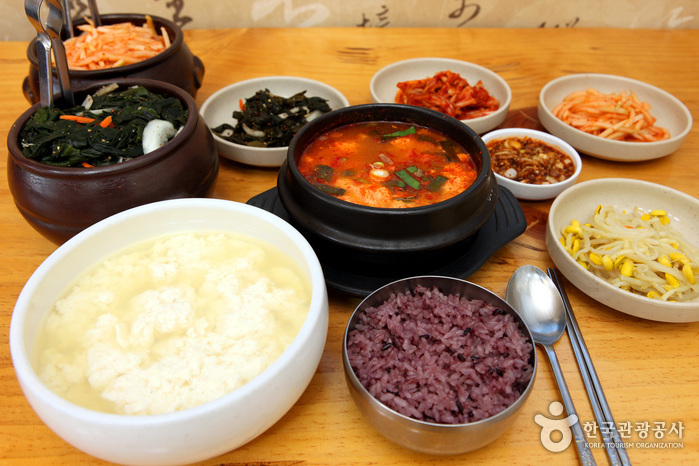
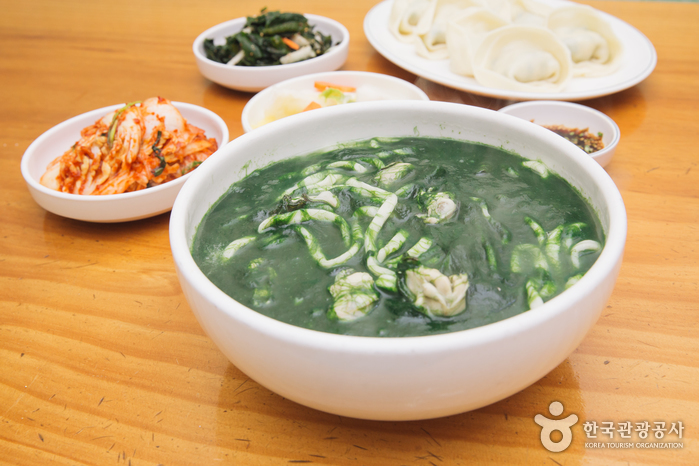
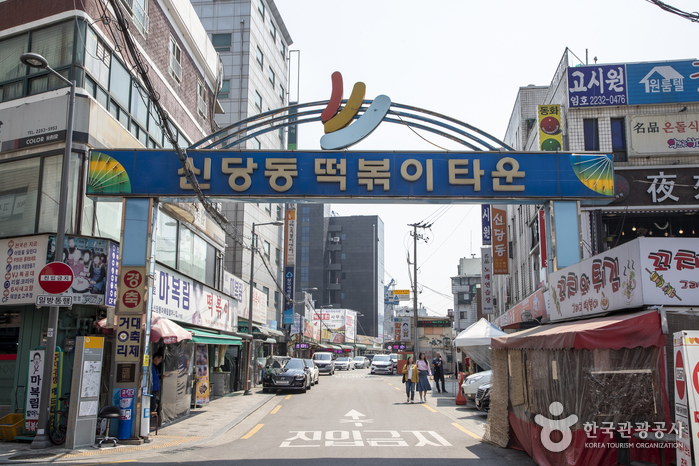

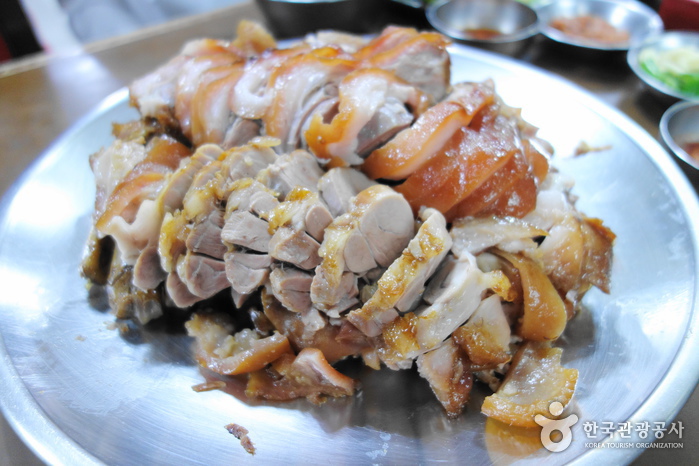

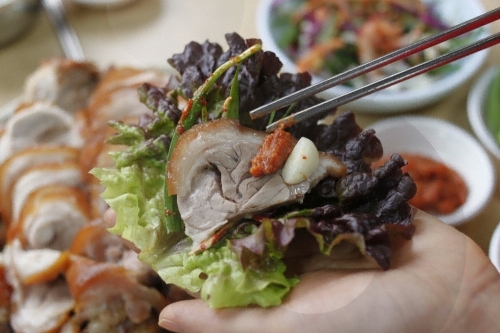
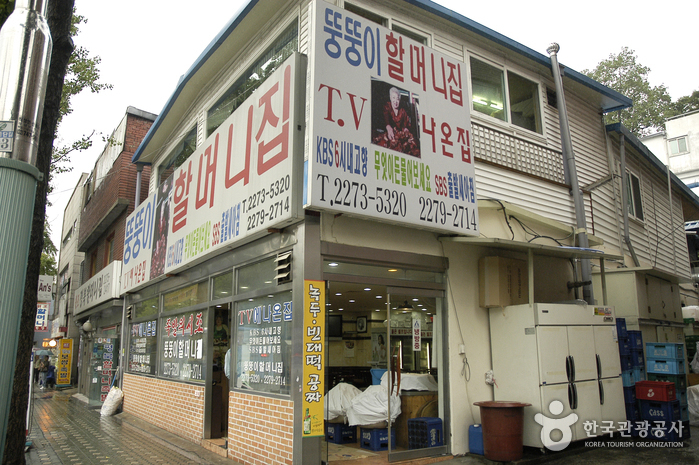
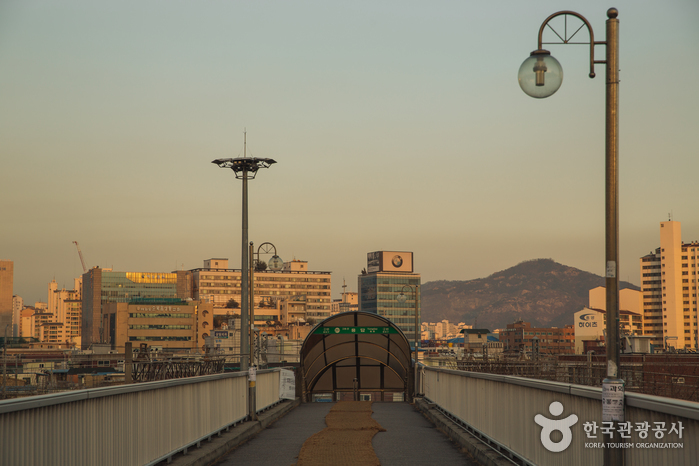
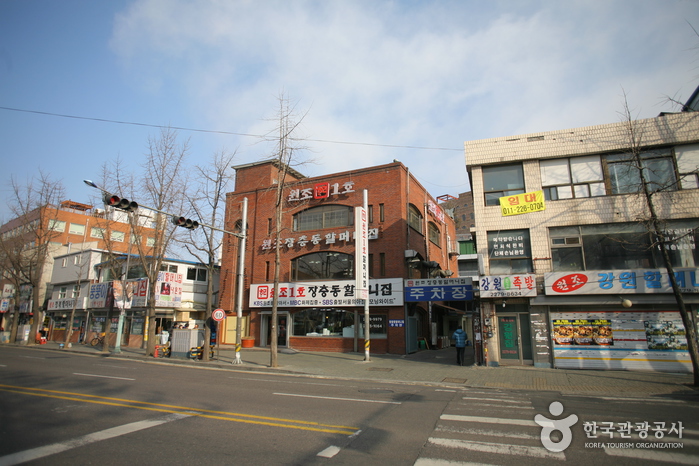
 Français
Français
 한국어
한국어 English
English 日本語
日本語 中文(简体)
中文(简体) Deutsch
Deutsch Español
Español Русский
Русский